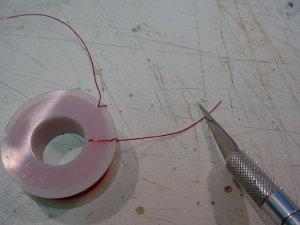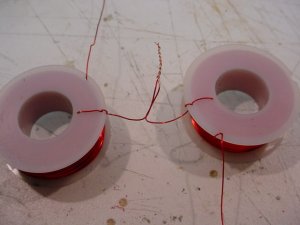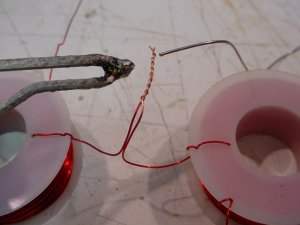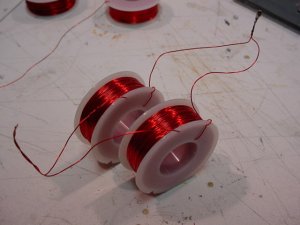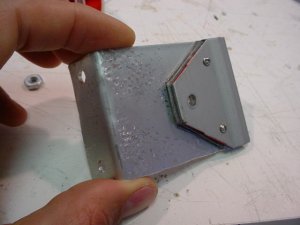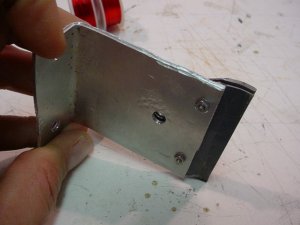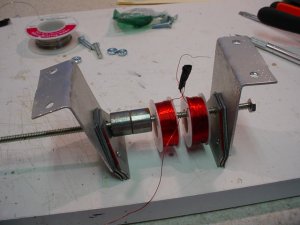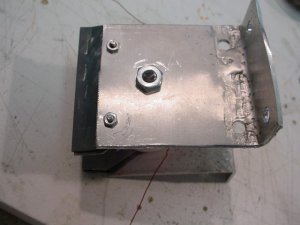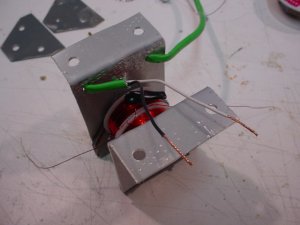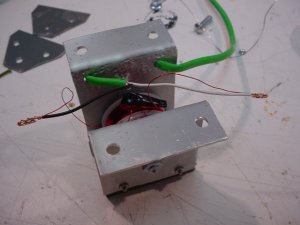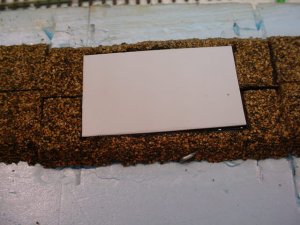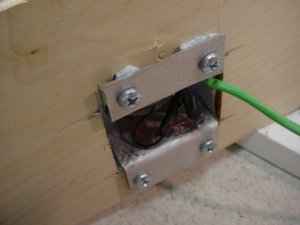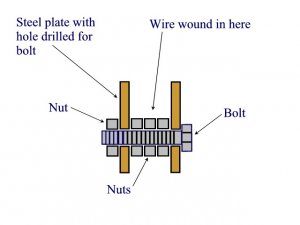Next we need to solder the coils together, in series... for a 24 volt source. If you are using 12 to 16 volts, the coils need to be soldered together in parallel.
Scrape the red insulation off using a hobby knife, be careful with the sharp blade and the hot soldering iron.
It is important to orient the wires as shown in the photo if you are putting them in series. If you get it backwards, the magnetic fields will cancel out instead of add together. Same thing holds true for a parallel connection. You need to make sure the current is flowing in the same direction in each coil.
Scrape the red insulation off using a hobby knife, be careful with the sharp blade and the hot soldering iron.
It is important to orient the wires as shown in the photo if you are putting them in series. If you get it backwards, the magnetic fields will cancel out instead of add together. Same thing holds true for a parallel connection. You need to make sure the current is flowing in the same direction in each coil.


